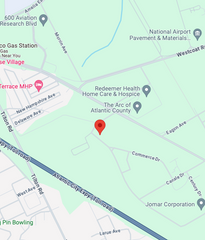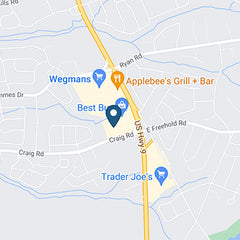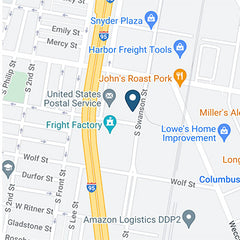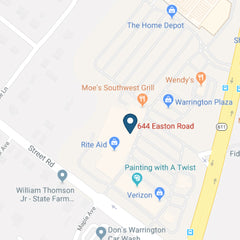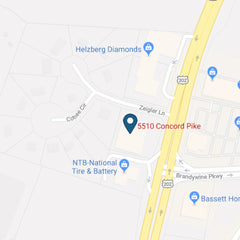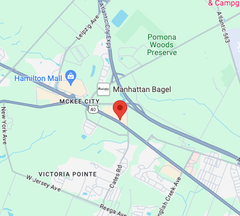When considering a new carpet, there are a number of materials to choose from. The most popular carpets are manufactured from either: nylon, polypropylene, polyester, acrylic and wool. Each offer a variety of benefits depending on your style preference, usage and budget. Here is a kick starter guide to determining if wool carpet is best for you!
Benefits of Wool Carpet
Durability
Wool carpeting is manufactured from short lengths of wool derived from sheep. Though a higher-end product, wool is not delicate. Its resilience is rated good to excellent and when properly maintained, it stands up to decades of wear. One notable aspect of its natural durability is its inherent elasticity that resists crushing. Unlike some synthetic fibers that eventually become matted down due to foot traffic and/or heavy furniture, natural wool carpet springs back underfoot and beneath the weight of furniture, retaining its original thickness and springy feel over years of use. The structure of wool fiber is naturally coiled, which gives it a built-in resiliency. Synthetic fibers only get this through artificial means which can potentially be lost over time. This helps give a wool carpet longevity that can outlast synthetic fiber carpets.

Color Retention
Wool carpets sustain their original color over years of wear and cleaning. The molecular structure of wool accepts dye very well and locks it in. Wool fiber's protein-based chemical makeup readily accepts dyes and locks in the color for superior intensity and color fastness. This characteristic allows wool carpeting to be available in a wide range of colors and patterns, which accommodates subtle variation in shades to achieve a high level of aesthetic appeal.
Cleanability
Wool has a natural coating that resists water-based stains, which make up the majority of common spills. Spot removal is uncomplicated if spills are dealt with immediately. One of the great benefits of wool fiber is its overlapping structure, which looks and acts like roof shingles. This helps repel dirt and liquids by shielding the inner part of the fiber. It also helps hold the dirt and spilled liquids near the top of the surface of the carpet giving you a better opportunity to clean the carpet successfully.
Environmentally Friendly
Wool is a highly effective natural insulator—sheep are very comfortable and lucky animals. Its insulating properties are noticeable when the wool carpet is installed. In winter, indoor heat energy naturally radiates through the floor and into the colder crawl space or concrete slab below. Wool carpeting insulates the floor effectively to reduce heat loss and heating costs, making rooms more comfortable in the winter. Wool also naturally absorbs water vapor from the air, helping to moderate high indoor humidity that often occurs during the summer months
Another great side-effect: wool's unique moisture-absorption properties inhibit static electricity, reducing those annoying static shocks common in cold, dry weather. It's biodegradable as well as recyclable so it won't spend centuries taking up space in a landfill like a synthetic carpet will. Wool also helps your home's environment too. It can absorb about 30% of its weight in moisture without feeling damp, which makes it a cheap but efficient humidifier (and dehumidifier too). In warmer, humid conditions, it absorbs some of the moisture in the air making it feel cooler. When the air dries out, it releases the moisture, helping to dehumidify the air—making wool carpet a great choice for every season!
Wool carpeting has also been shown to be an effective 'filter.' Its natural fibers can absorb and retain chemicals such as formaldehyde and nitrogen dioxide, a by-product of smoking and combustion (think heaters, fireplaces, stoves, etc.)
Flammability
Wool carpeting is naturally flame-resistant and has a higher ignition point (which is the lowest temperature at which a combustible substance in air will ignite and continue to burn) than other synthetic options, making it more resistant to dropped matches, cigarettes, sparks and other sources of fire. Crowded public facilities like airports and casinos often utilize wool carpet for this safety.

Considerations of Wool Carpet
Cost
Wool carpet costs vary according to the source of the wool. However, the most desirable types of wool carpeting typically cost up to twice as much as nylon and polyester.
Cleaning Issues
Water-based spills on wool are an easy clean-up when quickly rinsed with clean warm water and thoroughly air-dried. Oily or greasy spills however—not so much. Of course, any carpet can be difficult to clean when these substances spill. However, wool may be more likely to permanently stain when a simple spill isn't quickly cleaned—and of course that goes the same for oily and greasy spills too.
When it's time for full carpet cleaning, DIY methods with rental equipment or common household cleaners aren't recommended. It's best to hire a professional carpet cleaner who has experience in cleaning wool carpets.
Water Absorbency
While wool's natural tendency to absorb water vapor out of the air is a plus in moderating indoor humidity, larger amounts of actual liquid water may saturate and waterlog the fibers. As wool tends to retain liquid, this can result in mildew. A typical household example would be wood carpeting installed where it is frequently exposed to wet, bare feet, such as in or near a bathroom.
Shedding
Wool fiber by nature is a staple fiber. Staple fibers are shorter strands wound into yarn that's made into the carpet's pile. These strands usually lie on top of the carpet and/or get caught up on your clothes if you've been down wrestling with the kids or your pets or laying down and relaxing. This usually isn't a big deal (and a quick use of a lint roller will help easily remove them) and you shouldn't see continued large-scale loss of carpet pile but it may be a nuisance and something you want to consider.
Wool is Insect Food
Moth and carpet beetle larvae naturally feed on wool fibers. To prevent damage from these pests, wool carpeting is often permanently pre-treated with a mild insecticide called Permethrin. The idea of having a carpet treated with any kind of chemical in your home may feel uncomfortable. Fortunately, the World Health Organization did a study and report that stated there are no ill effects or adverse consequences that will negatively affect anyone who will be exposed to this insecticide if they use wool carpeting.

Wool is the classic, natural carpet that synthetic carpets only wish they could be. It has pros that outweigh the cons, as well as aesthetics of rich colors and patterns. And although it costs more than synthetic alternatives, if you shop and select carefully, wool delivers all the benefits you're paying more for—money very well spent!
At Avalon Flooring, we want to make sure you're happy from your first step in our showroom to your first step on your new flooring—and as your partner in home design, we'll be there every step along the way. Consider us your "One-Stop Shopping" destination for all things flooring…(and window treatments)!
Our design consultants are equipped with the knowledge to guide you through the wide selection of products we offer, and our expert installation team is professionally trained to make sure everything gets installed the way you envision. We know your home is an expression of your sense of style, and we're here to make sure you'll be proud of it for years to come.
If you have any questions, please email us.







